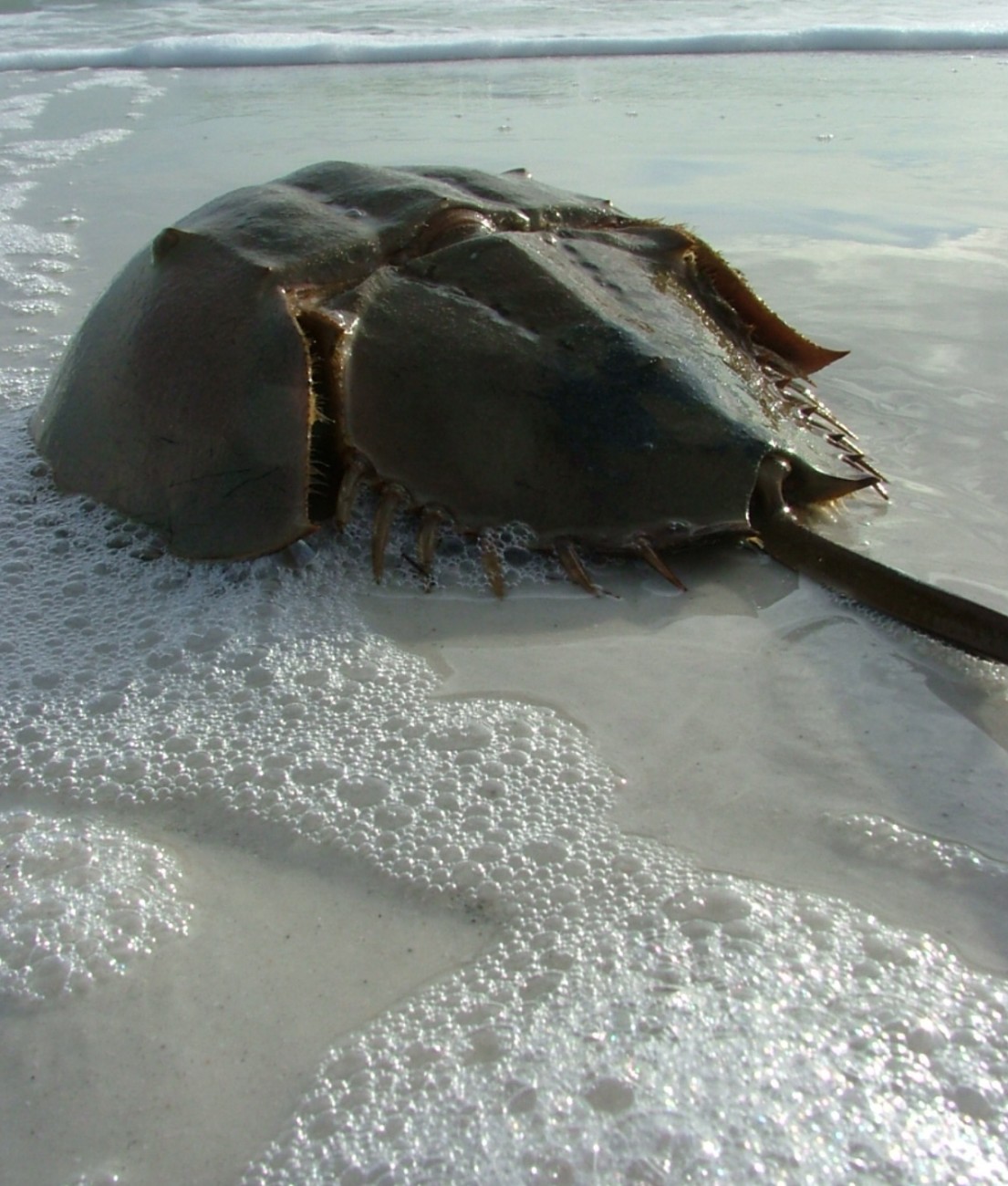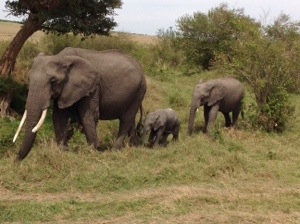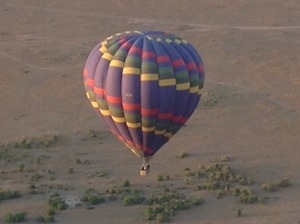
by Loti | Apr 21, 2015 | Amazon, Animals, Birds, Flowers, Landscapes, Plants, Reptiles
Amazon, Peru. How to describe it? A big muddy river or the most beautiful spot on our planet. Where else can you see pink dolphins (the only place in the world), monkeys, 2 toed sloths, wild orchids, 4 foot iguanas and gorgeous sunsets while navigating a giant, muddy river? The statistics are staggering; 25% of all our oxygen is produced in the Amazon, one third of all species live there, the drainage basin covers 2.7 million square miles, and 25% of all drugs come from rain forest ingredients. Wow. Yet, we have destroyed 20% of the forest already; gone forever to make way for cattle grazing, mining, logging and agriculture. And the deforestation is continuing at a dizzying pace. What can be done before the whole ecosystem collapses? Well, you can visit (ecotourism supports the rainforest), think about your food choices (huge swathes of rainforest are being destroyed to plant soybeans in support of cattle), avoid companies exploiting the forest (selling exotic animals or timber) and learn all you can. But time to get off my soapbox and back to planning a return trip to Peru in search of birds and orchids! Now that is helpful and...

by Loti | Feb 10, 2014 | Animals, Birds, Health, United States
Florida. What in the world do humans and red knot shore birds have in common? Horseshoe crabs. Really? I remember horseshoe crabs as a kid washing up on the Long Island shore. These cool looking crabs are one of the few living fossils surviving today, having been around for 450 million years (way, way before dinosaurs). They are close cousins of the spider and look like big scorpions with hard backed shells and a harmless, although scary looking, long tail. So how are we all connected? The red knot bird relies on the consumption of eggs laid by the horseshoe crab to refuel for their unbelievably long migration from South America to the Arctic (almost 20,000 miles round trip). Humans rely on the blood of the crabs to protect us from bad bacteria (to learn more check out this fascinating PBS documentary (video.pbs.org/video/1200406235). All intravenous drugs, including shots and vaccines, in the US are required by the FDA to be tested with horseshoe crab blood to detect any foreign bacteria. (Wow, that I didn’t know).The blood, containing copper (making it blue as opposed to the iron in our blood which is red), coagulates when exposed to bad bacteria. Birds, crabs and humans- all interconnected. What an amazing world! Photo from...

by Loti | Jan 20, 2014 | Animals, Australia, Birds, Endangered Species, Environment, Flowers, Food, Health, Insects, Plants
Adelaide, Australia. Within walking distance of our hotel, I discover a magical botanical garden. Free to the public, in the middle of downtown, this 125 acre oasis includes a rainforest under glass. The forest is housed in the largest single span greenhouse in the Southern Hemisphere (for those of us geography challenged, the Southern Hemisphere is all the land below the equator including Anartica, Australia, most of South America and a third of Africa.) Entering the glass 2 story structure, the air is misty and buzzing with activity, from birds, insects, plants growing and 1,000 misting nozzles. I have always heard how important the rainforest (defined as a dense forest receiving 90-180 inches of annual rainfall) is to our global ecosystem, but I had no idea 50% of the world’s plants and animals live in them. And many of our medicines (some anti cancer and leukemia drugs for starters) come from rainforest plants. Yet we are losing 1-2 (and some biologists estimate the number is closer to 100) animal and plant species a day to extinction primarily from deforestation. Wow! So what can we do? I plan on learning more about the issues and possible solutions by joining a conservation club, visiting rain forests whenever I can and taking steps to recycle and be nice to our Earth. Once a species is gone, we can never get it back. And that sounds so...

by Loti | Dec 10, 2013 | Africa, Animals, Keystone Species
Kenya. Hopping into the Range Rover, our guide asked which animal we wanted to see the most. Of course, my answer was elephants. We had seen 2 the day before, but one can never see enough elephants, at least in my book. We drove for a long time observing zebras, wildebeests, warthogs and finally, these three female elephants. And what a treat as the baby was only 3 weeks old! But why didn’t we just go straight to these amazing creatures and just spend all day with them? Surely the guides know where they are all the time? Not really. Elephants are very hard to track and subsequently count, it turns out. You can hardly go door to door conducting a census. And on average, they travel 15 miles a day which is a lot of ground. With conservation efforts largely based on numbers of elephants in a given herd, season to season, it is important to get accurate counts. Even with today’s technology, there are huge swings in estimates (numbers range from 400,000 to 700,000 worldwide). But beginning next year, a team of 46 scientists, led by the organization Elephants Without Borders, will try to count every elephant on the African continent using arial photography. This census information will be critical in helping us protect our elephants, hopefully giving this baby a chance to grow old and wise. Now that is...

by Loti | Nov 12, 2013 | Africa, Animals, Conquering Fear
Kenya. I never dreamed I’d be taking a photo of a hot air balloon from above it, in the air, in another balloon. But here I am at 6:30 one morning in Kenya. High above the hippos and gazelles who didn’t give us a second glance. Ballooning. Something in all my years, I had never done. And now that I have experienced, I will do it again. It was the most awesome floating sensation. Eerily quite in spite of the large blast of propane every now and then. I didn’t realize ballooning is the oldest (dating back to 1783) flight technology which carried people. And who could forget Dorothy missing her balloon ride home to Kansas in the Wizard of Oz. Or Jules Verne’s Around the World in 80 Days (published in 1873) which oddly did not involve a single hot air balloon for the trip (and I thought the whole trip was by balloon!) Balloons have soared to 69,000 feet high (oxygen required), travelled 4,800 miles on a single trip (by a duo including Richard Branson), and in our case flown a couple hundred feet over the Maasai Mara Preserve. What an amazing way to spend a morning. I was just sorry our ride was a short hour. Pure...

by Loti | Nov 6, 2013 | Africa, Animals, Conquering Fear, Wonder of the World, World heritage Sites
Kenya. So I have to admit I was somewhat apprehensive about going to Kenya after the Sept mall attack. Ok, more like terrified. Lions, tigers and terrorists, oh my! Adding to my anxiety was the maze of airport parking lots we walked through at the Nairobi airport after landing. Past the charred, empty buildings of the international terminal. Charred buildings! Apparently I was one of the few who hadn’t heard about the massive electrical fire at the airport in Aug. After boarding our turbo prop plane (triple yikes) for the 45 minute flight to the Maasi Mara game preserve, I finally breathed. At this point I am wondering why we just couldn’t fly in on the private jet and then I saw our landing strip below (pictured here). Now I get it. I am doomed! Of course we made a perfect landing. And so began the most memorable experience of my life, the migration of over 1.5 million wildebeest, zebra and gazelle with a few warthogs, hyenas, lions, giraffes and baboons thrown in. Although we were at the end of the season, I have since learned the migration is considered one of the Seven Wonders of the World (according to USA Today). So by experiencing sheer terror, came sheer joy. The coolest gift of...







